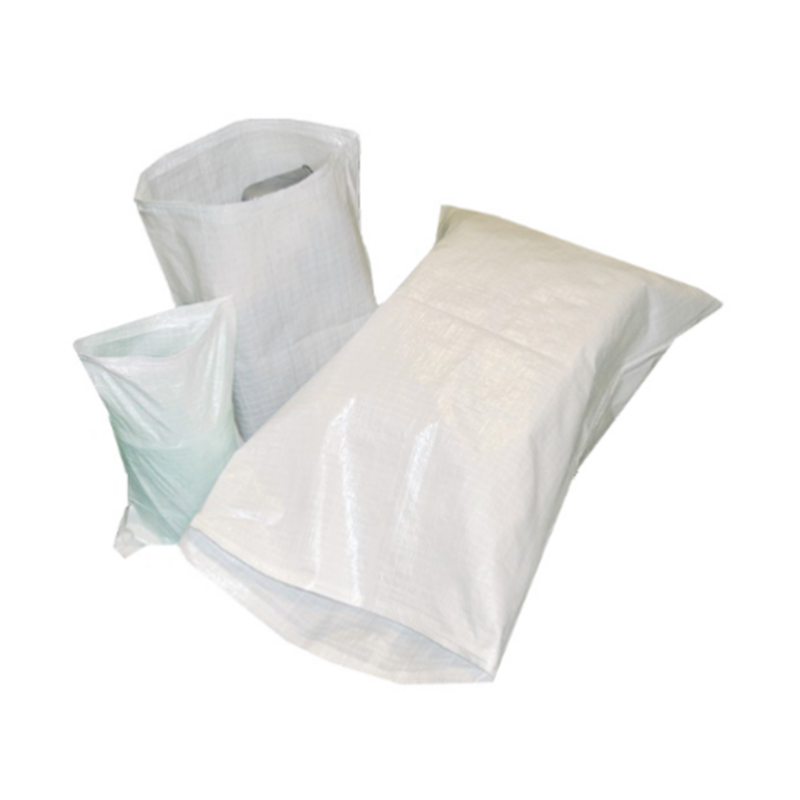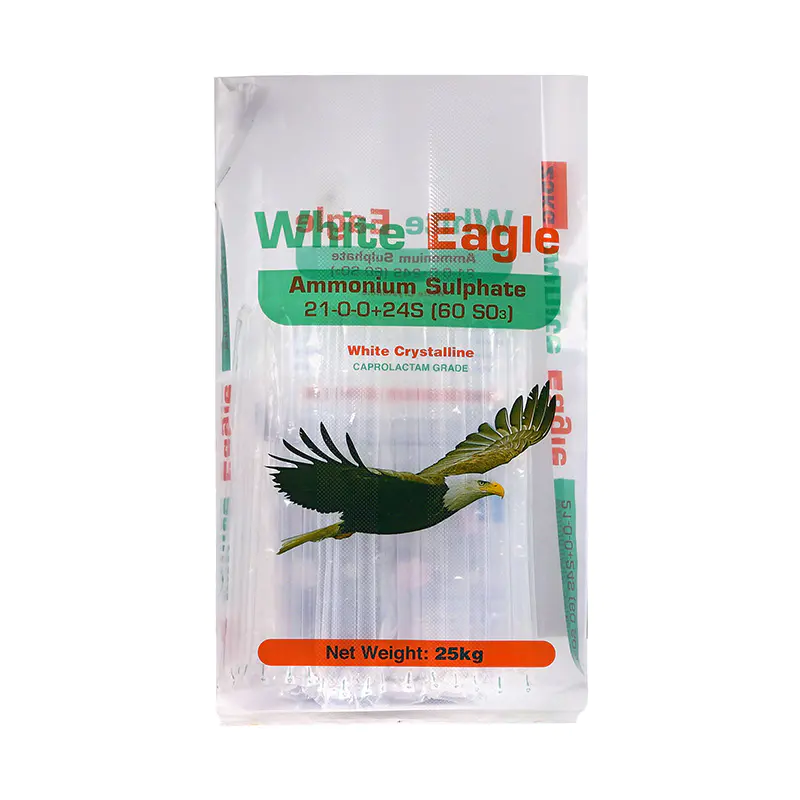Email us now!
The packaging industry has undergone a significant shift, driven by the increasing demand for sustainable materials and production methods. This shift is particularly evident in the aluminum foil bags market, where manufacturers and brands are rethinking their approaches to design, sourcing, and waste reduction.

Aluminum foil bags have long been valued for their barrier properties, offering protection against moisture, light, and air. These qualities make them suitable for a wide range of applications, including food, pharmaceuticals, and industrial products. However, as sustainability moves to the forefront of business strategies, these bags are being reconsidered not just for their functionality but also for their environmental impact. Consumers are showing a stronger preference for recyclable or reusable packaging, prompting innovation in the use of aluminum and multilayer materials.
With digital printing and flexible manufacturing technologies becoming more accessible, businesses are now able to offer unique designs tailored to specific product lines or seasonal promotions. These personalised packaging bags are gaining traction across industries, not only for their visual appeal but also for the added value they provide to customer experience.
The sustainability trend is influencing the materials and processes used in both aluminum foil bags and personalised packaging bags. For instance, some manufacturers are experimenting with thinner layers of aluminum combined with biodegradable liners to reduce environmental footprint without compromising product integrity. Others are introducing refillable systems or returnable pouches, particularly in the beauty and wellness sectors. While these solutions are still evolving, they mark a promising direction for reducing waste and encouraging responsible consumption.
In response to these changes, suppliers are investing in research to improve the recyclability of aluminum foil bags. One key focus is making mono-material versions that simplify the recycling process. Traditionally, aluminum foil bags are made with multiple layers that can be challenging to separate. Innovations in adhesives and coatings are helping to address this, resulting in packaging that can be processed more efficiently post-consumer use.
On the branding side, personalised packaging bags are becoming a strategic tool for companies seeking to connect with niche markets. Small-batch products, limited edition releases, and direct-to-consumer brands are making use of these custom bags to differentiate themselves on the shelf and in online marketplaces. The ability to produce short runs with high-quality designs allows businesses to be more agile, responding quickly to trends without the burden of large inventory.
Despite these advances, challenges remain. The cost of producing sustainable aluminum foil bags can be higher than conventional alternatives, especially when using responsibly sourced materials or novel manufacturing techniques. Similarly, producing personalised packaging bags with eco-conscious substrates may involve trade-offs in durability or cost-efficiency. Nevertheless, the industry is moving toward solutions that balance environmental responsibility with functional performance.
Consumer awareness is also playing a critical role. As more people seek transparency about the packaging their products come in, brands are using both aluminum foil bags and personalised packaging bags to communicate their values. Whether it's a printed message about recycling instructions or a QR code linking to a sustainability report, packaging is increasingly serving as a platform for dialogue between brands and their audiences.
The aluminum foil bags market is not standing still. With regulations tightening around packaging waste and single-use plastics, the industry is under pressure to evolve. Sustainability is no longer a side consideration—it’s shaping design decisions, supply chain partnerships, and marketing strategies. As a result, both aluminum foil bags and personalised packaging bags are being redesigned with new priorities in mind.
From raw material suppliers to converters and brand owners, aligning on sustainability goals will determine the pace of progress. As innovation continues to unfold, these packaging formats are likely to reflect a broader shift toward circular economy principles—offering both function and a reduced environmental footprint.

 English
English русский
русский Español
Español عربى
عربى Türk
Türk







